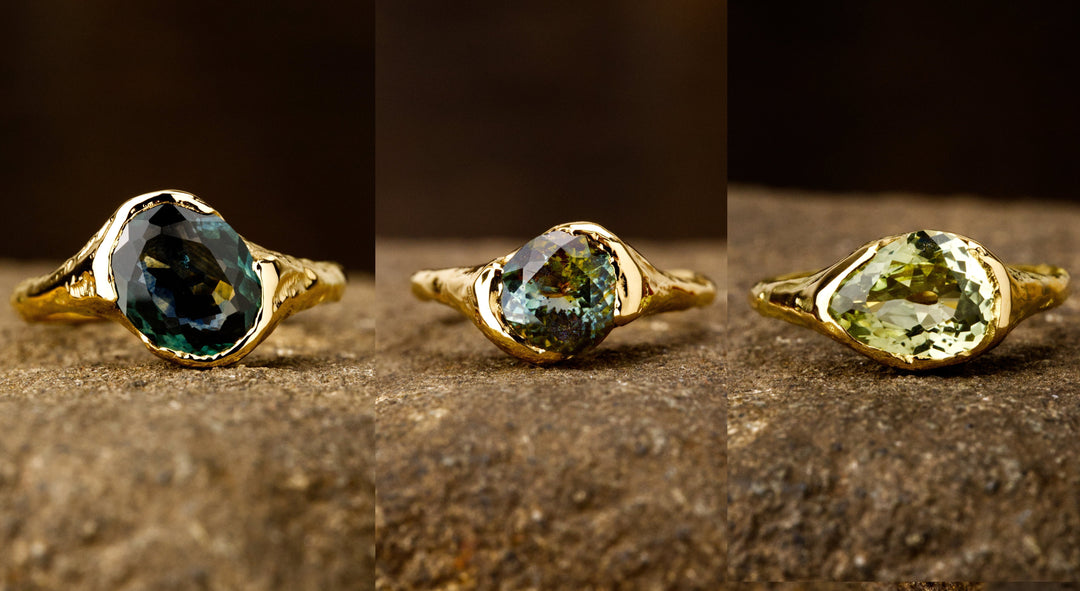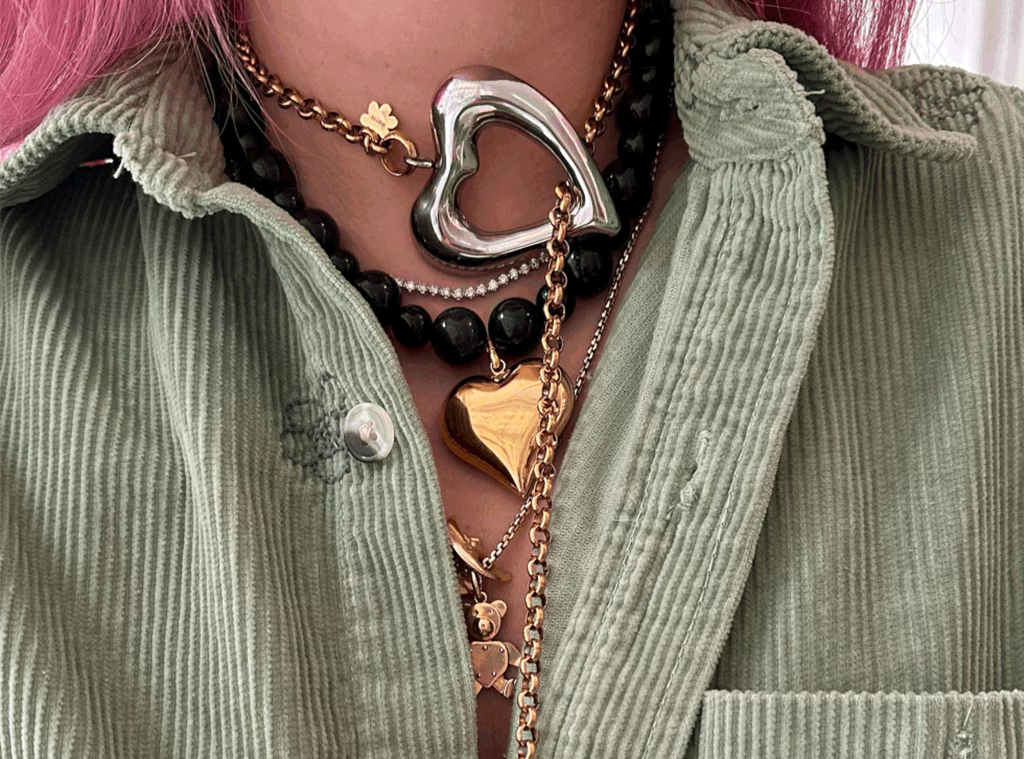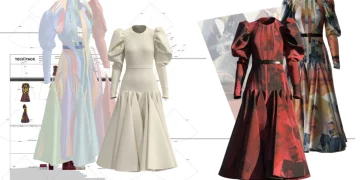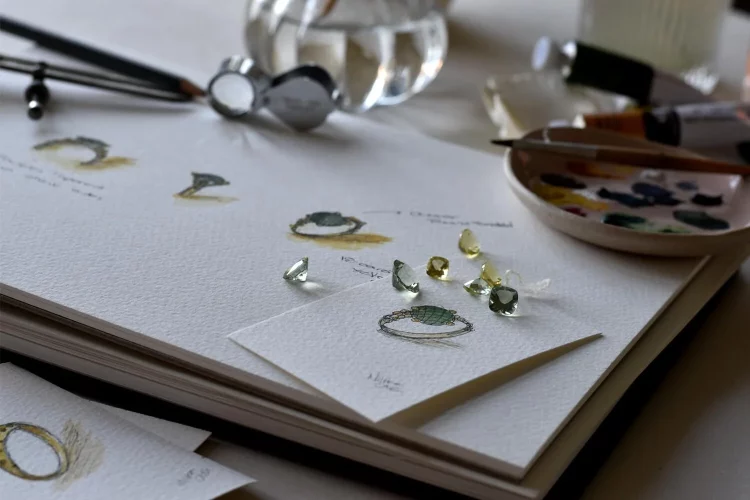In an era defined by personalization and self-expression, the world of luxury goods is undergoing a profound transformation. Among the most captivating shifts is the rise of custom jewelry—an exclusive, personal, and increasingly popular alternative to mass-produced luxury pieces. No longer just a symbol of wealth, jewelry is becoming a canvas for personal stories, memories, and desires, blending craftsmanship with creativity in unprecedented ways.
But is custom jewelry truly the future of luxury? Let’s dive into the unique allure, growing demand, and technological innovations that are shaping this sector.
A Personal Touch: Redefining Luxury
Traditionally, luxury jewelry was associated with iconic brands and timeless designs. Names like Cartier, Tiffany & Co., and Bulgari created pieces that were instantly recognizable, often passed down through generations. The appeal was rooted in craftsmanship, exclusivity, and the prestige of owning something rare.
However, as luxury becomes more about individuality, today’s discerning consumers are looking for something more personal—something that speaks directly to their identity. Custom jewelry provides an opportunity to wear a piece of art that tells a unique story, crafted to the wearer’s specifications. Whether it’s a bespoke engagement ring or a necklace with a hidden meaning, custom jewelry allows the client to be a co-creator in the process.
This shift is largely driven by a desire for meaning over materialism. Rather than simply owning a piece from a famous designer, consumers are choosing to invest in something that reflects their personality, their heritage, or a momentous event in their lives. For many, the appeal of custom jewelry is that it represents something far deeper than luxury—it represents their own journey and narrative.
Why Custom Jewelry is Gaining Popularity
1. Emphasis on Individuality
In a world where uniqueness is increasingly valued, custom jewelry offers a way to stand out. Mass-produced jewelry, while beautiful, often lacks the personal touch that resonates with consumers. When someone chooses custom jewelry, they are, in essence, designing a piece that cannot be replicated, making it an exclusive expression of their style.

Custom jewelry allows for infinite possibilities. Whether it’s choosing the gemstones, designing the metalwork, or incorporating symbols of personal significance, the process gives consumers the power to create something truly one-of-a-kind.
2. Rise of Conscious Luxury
Today’s luxury consumers are increasingly aware of the environmental and ethical impact of their purchases. Many traditional jewelry brands are criticized for sourcing materials that may contribute to environmental damage or exploitative labor practices. Custom jewelry, on the other hand, often allows for more control over sourcing, with many artisans opting for sustainable, ethically sourced stones and metals.
As a result, conscious consumers are gravitating toward jewelers who provide transparency and traceability in the creation of their pieces. Whether it’s a commitment to using recycled gold or supporting local artisans, custom jewelry can offer a more responsible approach to luxury.
3. Advancements in Technology
Technological innovations in the jewelry industry are making customization more accessible than ever before. 3D printing, CAD (Computer-Aided Design) software, and laser engraving have revolutionized how custom jewelry is made. These tools allow for precision and flexibility, enabling both designers and clients to visualize and refine their creations before any materials are even touched.
Moreover, online platforms are emerging that make the process of custom design easier than ever. With virtual consultations and interactive design tools, consumers can now create their dream jewelry from the comfort of their homes, reaching out to artisans and designers globally.
4. Celebrity Influence and Social Media
In today’s social media-driven world, celebrities and influencers have become trendsetters in the luxury space. High-profile figures like Beyoncé, Rihanna, and Meghan Markle are often seen sporting custom-made pieces that have personal significance or that support a cause. Their influence has helped to further popularize the idea that luxury can and should be personal.
Custom jewelry also offers an added level of exclusivity that appeals to the “VIP” mindset. Whether it’s a limited-edition collection or a one-of-a-kind piece made just for a celebrity, the idea of owning something that no one else can replicate is a powerful draw for many high-end consumers.
The Process of Custom Jewelry: Craftsmanship and Creativity
Creating custom jewelry is an intricate process that involves a delicate balance of artistry and technical skill. For those unfamiliar with the process, it may seem daunting, but the result is often worth the effort. Let’s take a look at the steps involved.
1. Initial Consultation
The first step in creating custom jewelry is the consultation, where the client works closely with a designer or jeweler to discuss ideas. During this stage, the designer will often ask a series of questions to help understand the client’s vision, preferences, and any personal meanings they want to incorporate.
This stage is essential because it sets the tone for the entire design process, ensuring that the final piece is an authentic representation of the client’s desires.
2. Design Conceptualization
Once the consultation is complete, the jeweler will move on to creating initial sketches or 3D renderings of the design. This is where technology comes into play, especially for those looking for precision. 3D renderings can give clients a digital preview of what their jewelry will look like, offering them the chance to suggest adjustments before moving to the next stage.
3. Material Selection
Materials play a crucial role in custom jewelry. Clients can choose everything from the type of metal (gold, platinum, silver, etc.) to the gemstones that will adorn the piece. Many custom jewelers are now offering ethically sourced options, including conflict-free diamonds, fair-trade gemstones, and recycled materials. This gives customers the ability to align their values with their purchases.
4. Crafting the Piece
Once the design is finalized and materials are chosen, the jeweler will begin the process of crafting the piece. Skilled artisans use a combination of traditional techniques and modern tools to bring the design to life. Whether it’s hand-carving, casting, or using advanced technology like 3D printing, every step requires careful attention to detail and craftsmanship.

5. Final Touches and Delivery
After the jewelry is crafted, it undergoes rigorous quality control to ensure it meets the client’s expectations. Polishing, engraving, and setting stones are the final steps in this process. Finally, the piece is presented to the client—often in a luxurious box, ready to be worn or given as a gift.
The Economic Impact of Custom Jewelry
While custom jewelry is often seen as a luxury niche, it has significant economic potential. The global fine jewelry market is projected to reach over $350 billion by 2026, with custom designs capturing an ever-growing share of this market. High-net-worth individuals are increasingly turning to bespoke pieces as a means of expressing their individuality and social status.
Moreover, the increasing use of digital tools to facilitate the custom jewelry process has opened up the market to a broader range of consumers. Online platforms, such as Etsy and bespoke jewelry boutiques, are making it easier for consumers of varying budgets to access high-quality custom pieces.
The rise of social media influencers and celebrity endorsements of custom jewelry is also contributing to the economic growth of this market. As these figures continue to showcase their unique jewelry, they inspire their followers to seek out custom designs that reflect their personal tastes.
Challenges Facing the Custom Jewelry Industry
While the future of custom jewelry appears promising, it is not without its challenges. One of the biggest hurdles is the long turnaround time. Unlike mass-produced jewelry, custom pieces often take weeks, if not months, to design and create. For consumers seeking instant gratification, this can be a barrier.
Additionally, there’s the challenge of finding skilled artisans who can meet the high standards expected of luxury custom jewelry. Not all jewelers are equipped to handle the level of detail and personalization that bespoke pieces require.
Despite these obstacles, the growing demand for personalized and ethically sourced products suggests that the custom jewelry market will continue to thrive and evolve.
Conclusion: A Sparkling Future for Custom Jewelry
Custom jewelry is not just a passing trend—it represents the future of luxury. In a world where self-expression is increasingly valued, consumers are turning to custom designs to reflect their individuality and values. Whether through ethical sourcing, technological advancements, or the increasing desire for personal connection with luxury items, custom jewelry is carving out its space at the forefront of the industry.
As the demand for unique, meaningful pieces continues to rise, we can expect the custom jewelry market to expand and evolve in exciting ways. For those seeking a personal touch in their luxury goods, the future is indeed shining brightly, with custom jewelry leading the way.

















































